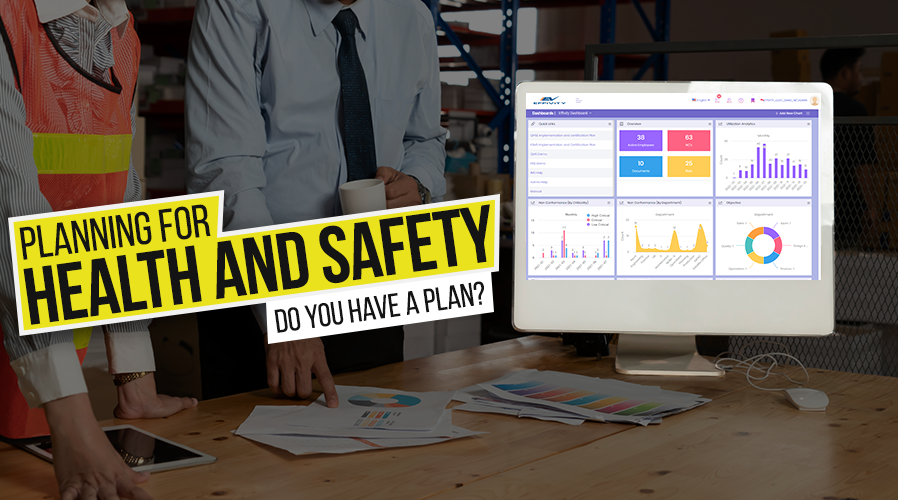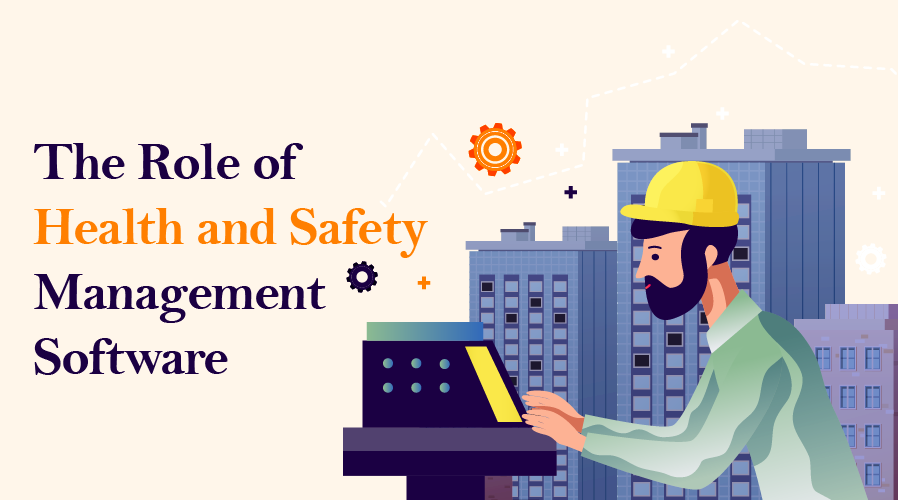
ISO 14001 details the requirements for resource management in a few small sub-sections of the standard. The fact that the description is so short may create the impression that resource management is not that important, but this is not the case. We would in fact list resource management as one of the crucial aspects of the Environmental Management System. In this article, we’ll explain what you need to know about resource management in the EMS.
Roles, resources, authority, and responsibility
Clause 4.4.1 of the standard describes what is required for resources, roles, responsibility, and authority. It states that an organization should make available the resources necessary to establish, implement, maintain, and improve the environmental management system (EMS).
Although this sounds easy, if you look at it closely, it may require many resources, not only to set up the EMS but also to maintain it thereafter. In layman terms, you’ll need resources to design and set up the system and the rules governing it (establish). Once you know what the rules are, you need to put them in place in such a way that all relevant parties in the organization know what they are and how they should be applied (implement). You then need to make sure that the process not only keeps going (maintain) but also that the rules get better as you go on (improve).
Resources, as defined in the standard, doesn’t only refer to the obvious human resources and skills but also includes technology, financial resources, and organizational infrastructure. When you assess the resources required for your environmental management system, you need to consider all the above-mentioned resources and ensure all of them are available.
The final section of the relevant clause requires that you need to specify the roles, responsibilities, and authorities of employees involved, and make sure that all parties involved know these to ensure that the EMS will be effective.
Ultimately, top management need to be involved so that they can ensure that the EMS is established, implemented, maintained and improved. Top management should also ensure that performance is reviewed and needs for improvement are acted upon.
Competence, training, and awareness
When you assign human resources to carry out tasks that could affect your environmental impact, the standard specifies the number of things you need to identify relating to those resources. The first thing that needs to be identified is the competence that is needed to perform any task with significant environmental aspects. In this context, aspects are the ways in which your organization interacts with the environment.
After identifying the competence needed to do the task efficiently and successfully, you need to make sure that the relevant employees have these competencies. Competency could have been gained through experience, training, or education. If any competency is lacking, you need to train the employee, or send them on relevant courses, so that they acquire the competence.
The actions described above, once undertaken, will meet the requirements of the standard for the identification of the human resources needed to ensure that the EMS will function successfully.
While identifying resource requirements, awareness about the EMS and the organization’s potential environmental impacts that are being controlled and monitored should be promoted at the same time.
Resource Management is Critical for the EMS
Your environmental management system cannot possibly succeed if you do not have adequate resources for the processes that are required. If you have managed to implement the initial requirements, you still need to maintain and improve the EMS in order for the system to be effective. This is once again heavily dependent on having the correct resources available.
In general, organizations don’t struggle with implementing an EMS, but it’s the maintaining and improvement activities that can become very difficult. This is often the case because the organization has not allocated adequate resources to these activities from the start. If you identify the resources required on an ongoing basis, you will be able to continue succeeding long after the initial enthusiasm for the new system is over.
MyEasyISO’s Operation Planning modules make it easy to do detailed planning for every product, service or process. This module includes a section where you can do a Requirement Analysis. You also have fields available to identify and capture Human Resources, Knowledge Required, and Infrastructure Resources.
MyEasyISO’s HR module includes sub-modules for Competence and Training, making it a breeze to meet the Resource Management requirements of the EMS.
ISO 9001 quality management systems QMS software is implemented using MyEasyISO in Sydney (Australia), while ISO 14001 & OHSAS 18001 Health Safety Management Systems HSE software is implemented in Barcelona (Spain).











